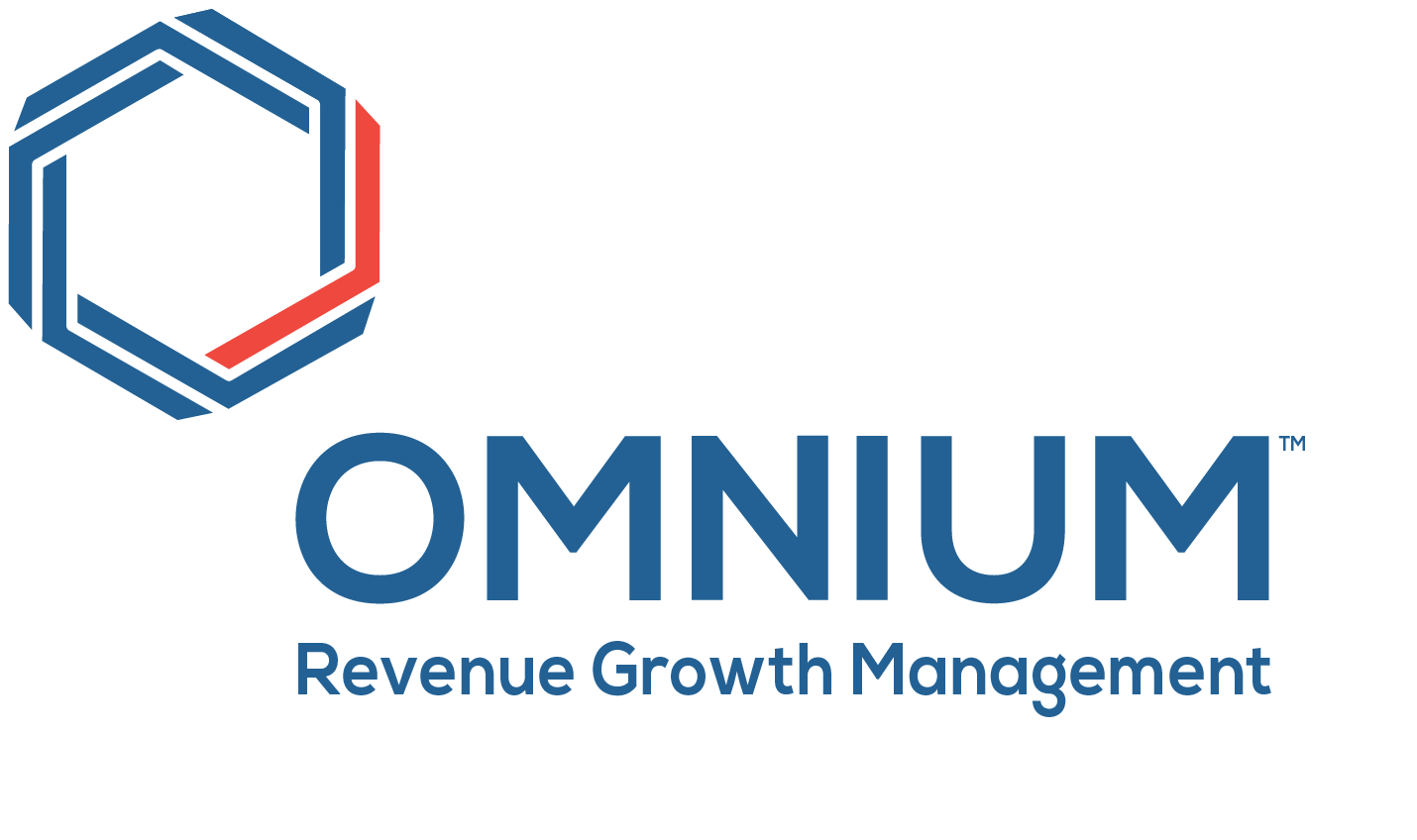Inflation is Here. How Can CPG Brands Respond?
I recently joined the Omnium team and am excited to be part of the effort. I came to Omnium from Organic Valley where I was the Chief Financial Officer.
Organic Valley is one of the world’s leading organic brands with revenues of approximately $1.2 billion and the nation’s second largest organic dairy producer. As the CFO of Organic Valley I oversaw the traditional finance functions, as well as data science, demand planning, supply forecasting and information resources. Like the rest of the Omnium team, my educational background was in math and my career has centered around quantitative analysis. In the parlance of Wall Street, I was a “quant”.
One of my key responsibilities at Organic Valley was managing, mitigating and hedging our key risks which included fuel, interest rate and conventional dairy. Hedgeable risks were mitigated via exchange traded products, as well as over-the-counter offerings.
Prior to Organic Valley, I spent 20+ years on Wall Street managing commodity, fuel, foreign exchange and interest rate risk as a proprietary trader, risk manager and institutional commodity portfolio manager at Morgan Stanley, Putnam Investments, Merrill Lynch and Premia Capital Management.
We are in uncharted territory these days.
Money supply has exploded and inflation is growing faster than it has since the Great Recession.
Even if one views this as a transient phenomenon, a tactical response is required to stay competitive. Viewed within the context of a longer-term, structural change, an active risk management strategy is a necessity and will likely get the attention once reserved for top-line revenue numbers. Regardless of the tenure of this phenomenon, any response will likely include some combination of price increases and cost containment strategies done within a broader holistic framework.
The following graph visually shows the root cause of concern.
Crude Oil has doubled. Steel has increased over 160%. Every commodity sector is experiencing upward prices. This risk in commodity prices is expected to continue.
CPG firms can choose to actively manage these risks or try to pass on price increases. Even amongst large multi-national CPG firms, risk is handled in very different ways depending upon the organization. For example, Procter & Gamble hasn’t historically chosen to hedge and now must attempt to pass on price increases. Others, like Coca Cola, actively hedged their price risk and expect “the impact on their cost of goods sold to be benign” according to a April 2021 EuroFinance article. In a rising cost environment, maintaining a flat cost structure, or one that is increasing at a slower rate than the competition, is a key, competitive advantage. One can lever off of this position to capture market share, increase margin, or some combination of the two.
So, what is hedging and why do certain firms embrace it and others shun it?
Hedging is a risk management strategy employed to offset certain risks. In the case of Coca Cola, they locked in some portion of their future costs to protect them from rising prices within their cost of goods. This is the outcome that has materialized in 2021.
Hedging strategies typically involve derivatives. These are generally forward contracts, futures and/or options.
Hedging is not a risk-free lunch. You’re generally offsetting a portion of the risk of a certain undesirable outcome. However, if that outcome doesn’t materialize, you’re either locked into the hedged price in the case of futures and forwards or you’ve lost the value of the options used to create that hedge. In the case where you’ve locked in certain costs and those costs decline, you’re now in a competitive disadvantage. Had prices fallen, Procter & Gamble’s unhedged cost structure would have improved, while Coca Cola’s hedged cost of goods would be at a higher rate than the market’s.
Firms rarely hedge 100% of their exposure.
Hedges are usually constrained to one year.
How important is hedging? This depends upon several factors. A non-exhaustive list would likely center around the answers to the following questions:
Are your competitors hedging?
How volatile are prices?
Are prices trending in a way that increases your cost of goods?
How are your margins on an absolute and relative basis?
Where are your absolute and relative prices?
What’s your demand elasticity?
How easy is it for you to execute price increase?
While raising prices can partially offset inflation for many CPG firms, it will likely not be enough. Absent an active risk mitigation strategy, margin erosion is unavoidable. Hedging is not the only response. Certain cost mitigation strategies are simply a risk transference and can be embedded into contracts. Depending upon the industry, freight might be an example of this. One can also reduce certain discretionary costs, such as trade. Hedging is simply one tool used in a broader risk management strategy.
I firmly believe we are in a period of secular inflation and will build out my thesis in future blog posts. Omnium is now positioned to offer a broad range of financial consulting services. While the focus of this post centered around risk, Omnium’s scope of financial services also includes:
Demand Plannning
Supply Forecasting
Financial Planning & Analysis
Sales and Operations Planning
Risk Management
Market Valuation Assessment
What is your company considering? Happy to offer an initial consultation. You can reach me at Joe@omniumcpg.com.




